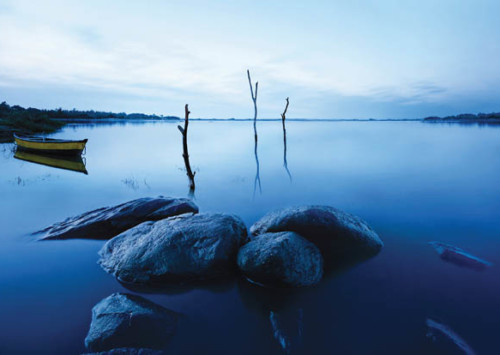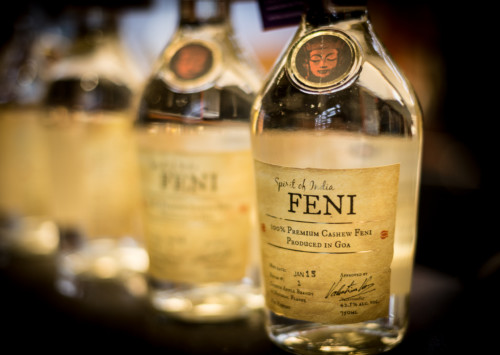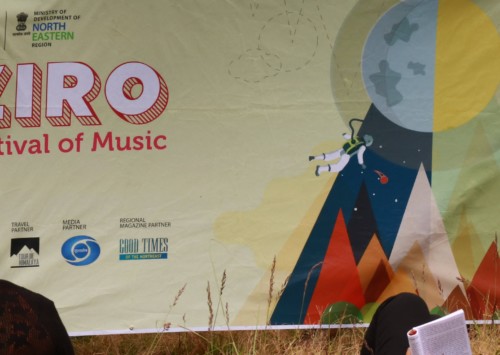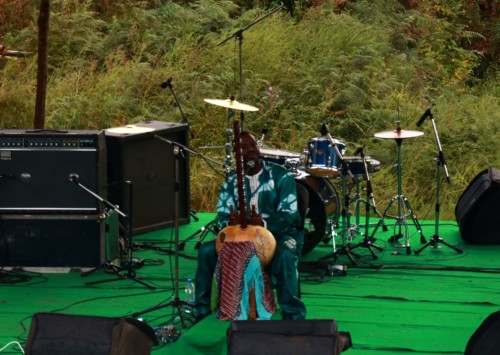It’s carnival time, it’s Goa time
An annual affair, the Goa Carnival has been celebrated since the 18th century. With Portuguese and Latin influences and a dash of modern party styles, it’s a grand, colourful and musical fiesta that attracts tourists aplenty to the party capital of India.
It’s about time when the party capital of India, Goa sets in motion for its annual cultural carnival. This state, on the western coastline of India, has been hosting this festival, celebrating the traditions close to it and its people. In fact, the four-day celebration has been seeing the festive light in the state since the 18th century.
And, it’s time, yet again, for merry-making, drinking, colourful parades and some pomp. The Goa Carnival of 2017 will be celebrated on February 25-28.
It is believed that the festivities associated with the carnival are rooted in the hedonistic feasts of ancient Rome and Greece, the culture of which influenced the Portuguese colonies here and blended with the prevailing Latin styles of festivity.
The mythical king of carnivals, King Momo, from Latin America, leads the festivities and on the opening day orders his people to party; and hence, begins the singing-dancing gala which attracts thousands of tourists.
Elaborate floats and décors form part of the carnival extravaganza which are unique to Goa. The festivities see traditional Latin music and dance and the celebrations conclude with the famous Red-and-Black dance held by the Clube Nacional in the Goan capital, Panaji. It is also Panaji where the ‘Fat Saturday’ or the eve of the carnival is celebrated.
Now part of the state’s annual festival calendar, the carnival boasts of a time that once was and the influence of the Portuguese colonisers that ruled this part of India for over 500 years.
The party in present day
The revelry now is greatly influenced by modern manners of celebrations and packaging. Not just the festival has absorbed jamboree styles from various other cultures to pump-up its spirit, it is also highly commercialised.
At the last carnival, the Indian Railway Catering and Tourism Corporation Ltd (IRCTC), in association with Goa Tourism Development Corporation (GTDC), had a special carnival charter coach chugging into Goa during carnival with a GTDC tour package specially designed for its passengers. The parade floats too have in recent years been commercially sponsored.
Sadly, the high commercialisation and complaints from some ardent followers of cultural practices has made the Goa church disassociate itself with the carnival as a Catholic festival.
The word ‘carnival’ (carnaval in Portuguese) is derived from a Latin word meaning to take away meat and is an expression of the 40-day period of fasting for lent, during which abstinence from meat is a rule.
The religious beliefs attached to the carnival did lead to this disassociation but did not impact the grand scale at which it is celebrated and attracts both national and international tourists here who reel in the festivities and enjoy the coastal state by itself.















